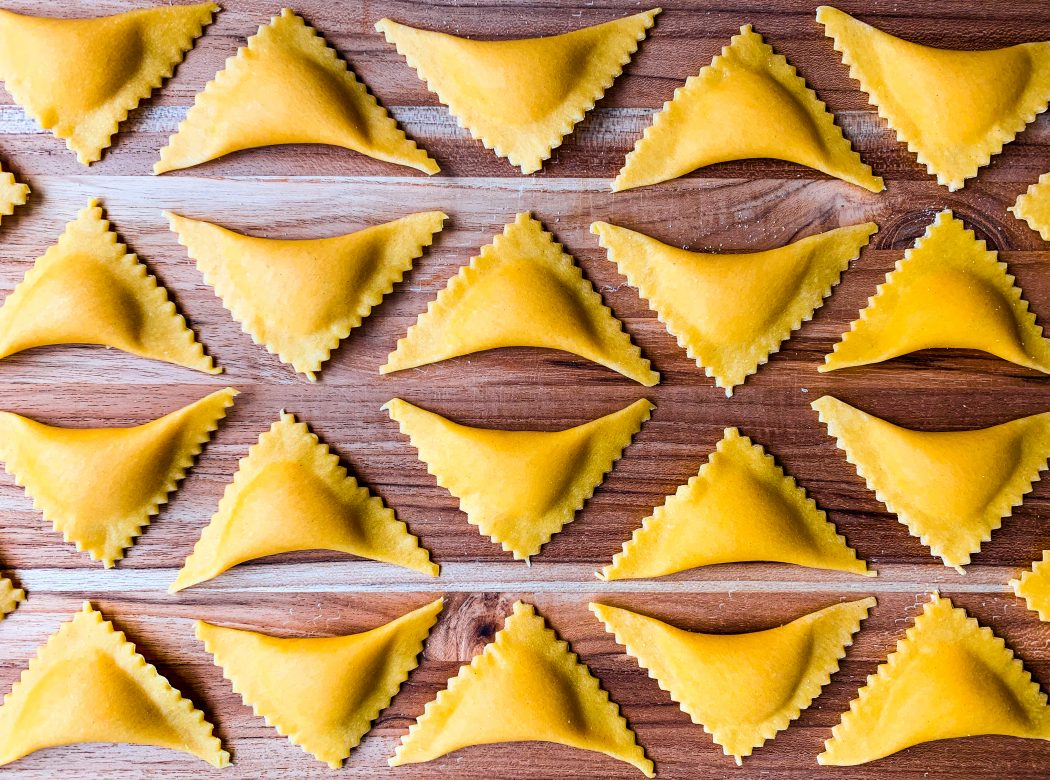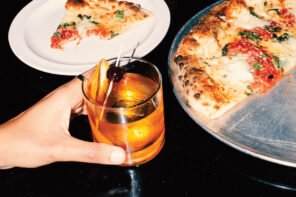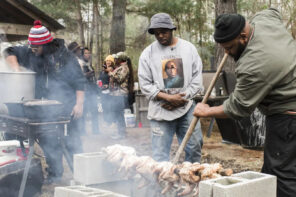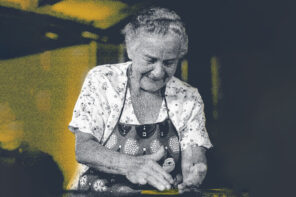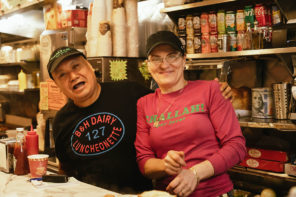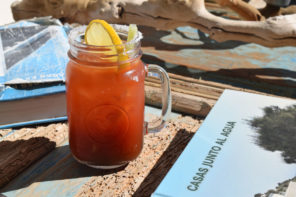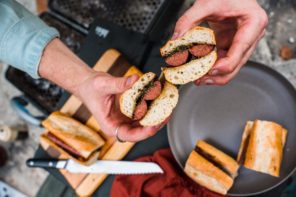Setting the Table with Meryl Feinstein
Founder of Pasta Social Club, Meryl Feinstein, knows there are few problems handmade dough can’t solve. After her husband asked her, “Why not culinary school?” her life pivoted from PR to pasta, sending her to the Institute of Culinary Education in New York. While she used to set each and every place with freshly made pasta to bring people together, this whole socially distant social club thing presented a problem for kneading dough. Having moved to Austin, she did not want to lose the personal connection or the art of bringing people together over the shared love of pasta she’d cultivated. Now, the smiling faces slurping noodles might be in little windows on screens, but a shared love of learning about pasta is still bringing them together.
We sat down with Meryl to learn more about life after “the death of the dinner party,” how bringing together flour and water brings people together and the shape of things (like pasta) to come.
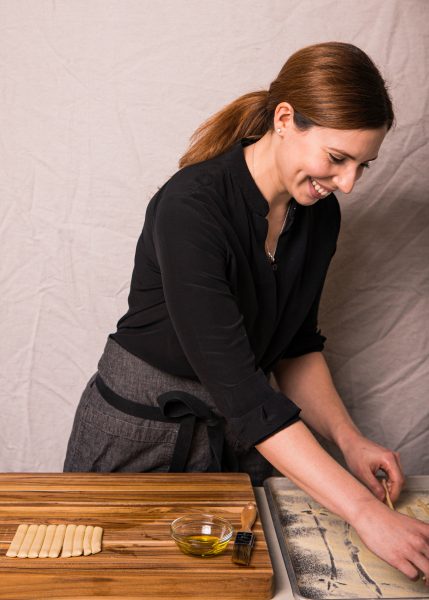
Meryl teaching a class || Photo courtesy of Austin Garza Kilcullen
You’re ordering takeout from your favorite place—what is something you need to make it feel special?
Meryl: To be honest, delivery for me is all about comfort. Setting the table is a very rare occasion these days, especially because our dining room table is now our home office. At the beginning of quarantine, we would order from our favorite restaurants that were offering delivery and do “date-night.” Set the table, candles, open a good bottle of wine.
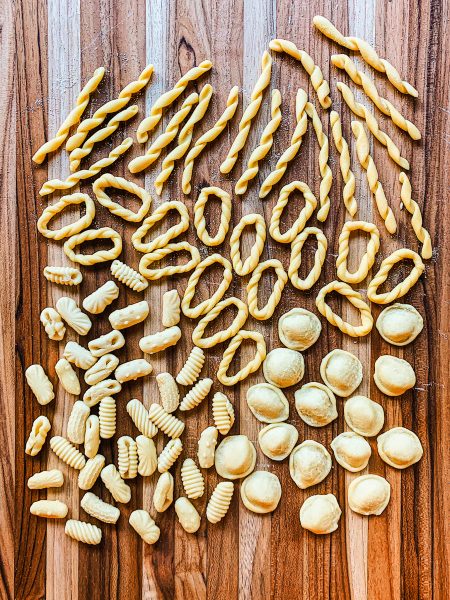
One thing you can’t eat a meal without?
Meryl: Hot sauce. I have like 30 different types of hot sauce in my house.
What made you want to get into doing shared dinner experiences and teaching others as opposed to being a chef?
Meryl: I think for me the whole concept started because I found myself having lived in one of the biggest cities in the world, New York, and had trouble making friends as an adult. Loneliness in today’s society is huge. I felt like so many people struggle coming out of school to build their lives and make connections. You’re surrounded by people but often feel alone. I wanted to create an experience that made people feel like they could have fun, feel safe, relax. I read an article about “The Death of the Dinner Party,” and I wanted to revive that atmosphere.
It was about solving a loneliness problem and getting people to step away from the grind of their lives and their phones
I also grew up in a traditional Jewish community. Every Friday night, we would get together with other families for Shabbat dinner. There were no phones or distractions, just spending time with friends and loved ones. I wanted to bring that experience to a wider audience, outside of any religious affiliation, and I felt like pasta–which is enjoyed by so many–was medium that could accomplish that goal. The teaching part came later.
In terms of working in restaurants: for me, it’s more about engaging with people than about the food. Even though I went to culinary school and worked in restaurants, I’m more of a home cook than a restaurant chef. It’s about creating a fun and accessible environment.
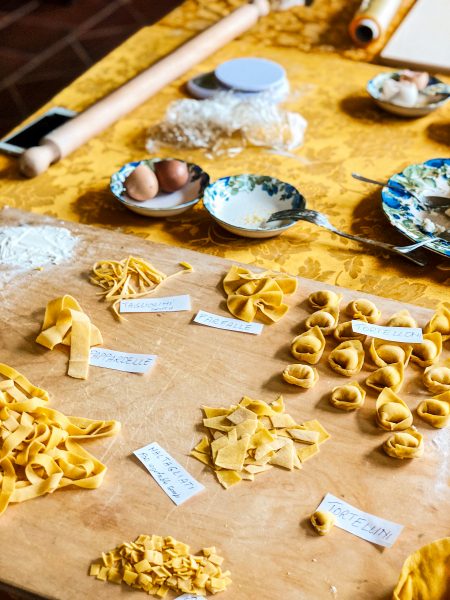
What does teaching people to do what you love mean to you?
Meryl: You don’t often see fresh pasta outside of restaurants. Making pasta is intimidating, it’s associated with something high end. There’s even a generational gap in Italy—younger people don’t really make their own pasta. So part of teaching is preserving that craft. But if you look back at the origins of pasta making, it often came from scarcity and necessity. It’s a combination of two humble ingredients: flour and water, or flour and eggs. Anyone can make great, fresh pasta if they put in the time. I look at it as a form of meditation. It’s therapeutic; it can build community by doing it with other people. Being able to impart those skills to help people create those experiences in their homes is important and exciting to me. You don’t need to go to a restaurant to enjoy fresh pasta. You can make a day out of it in your home, with others or by yourself.
How has pivoting to virtual workshops changed the experience of your pasta-making classes?
Meryl: I started doing virtual classes early on, within a couple of weeks of the shut-down. Initially, I was wary because a) flour was hard to find, and b) making pasta is such a tactile experience, so I was unsure if that was going to translate online. I’ve since changed that mindset and always remember that pasta-making often came out of scarcity. It was all about using what you had on hand—whatever flour, you’d make it work. So I’ve let go of my more rigid perspective that you must have certain ingredients to make good pasta. I also got better at describing what people should look for in dough consistency, etc. It’s been a wild ride, but was much more successful than I ever expected. I still anticipate continuing online workshops even when in-person events resume, because they help me reach so many more people.
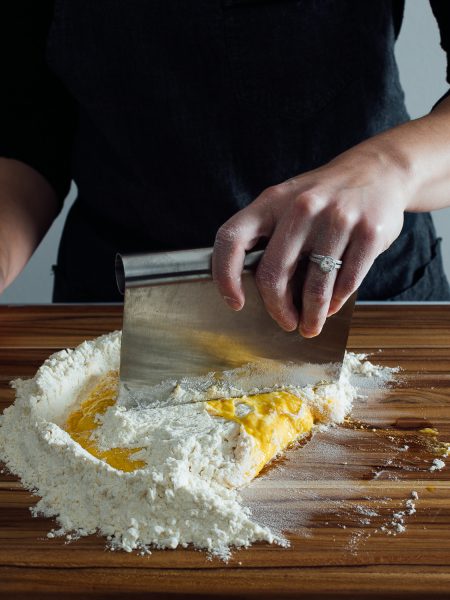
Photo courtesy of Mackenzie Smith Kelley
What’s your go-to pasta-making soundtrack?
Meryl: I’ll admit, sometimes I get so focused that I don’t remember to put anything on. I listen to podcasts more than music, unless it’s music I can sing to. I’ve been listening to “Coffee Break Italian,” because I’m finally learning Italian. It’s a series of podcasts that teach you different languages. I’m a nerd, not a cool music person.
What is something positive you can take away from all this shifting and pivoting while pasta making?
Meryl: The format of the classes has changed. I no longer cook pasta during the class, but focus on making really good pasta dough, the most challenging part of the process, and teaching different shapes. And the mission for virtual classes is different from in-person events: it’s more about giving people a mental break than about making new friends.
Anyone can make great, fresh pasta if they put in the time.
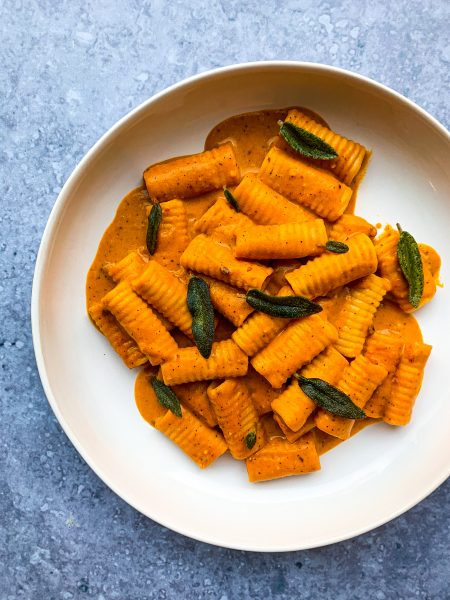
What’s your go-to delivery order?
Meryl: When I have a big evening class, there is no way I’m cooking dinner after that. And I do a lot of those. I do really like DeSano’s, Tiny Pies, and Hopdoddy.
Number one tip for people when attempting homemade pasta?
Meryl: Almost everything is fixable. Don’t stress out. There’s a moment when you’re making pasta, and you’re folding the flour into the eggs or the water and you’re wondering, how is this going to be pasta dough? But it will be! You just need the confidence to know that it will be fine.
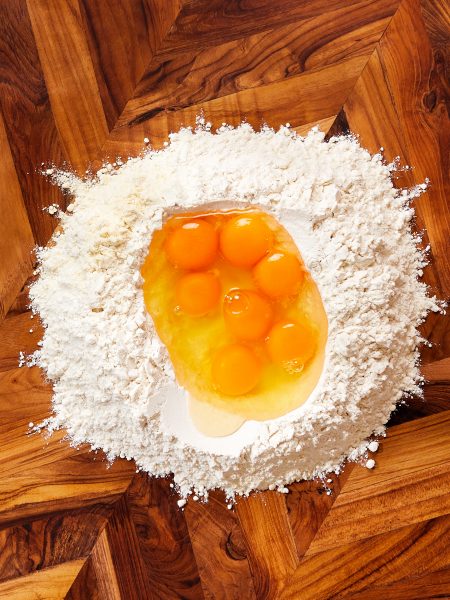
Photo courtesy of Nico Schinco

